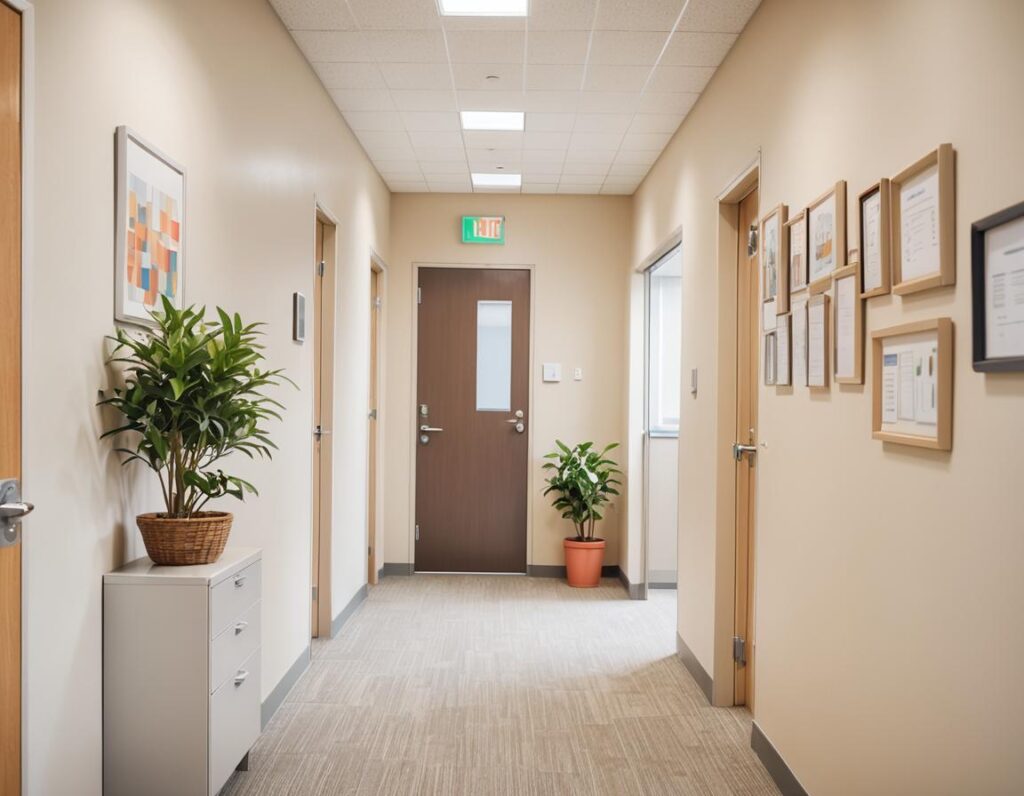Rhinoplasty, also known as nose reshaping surgery, modifies the nose’s structure to enhance its appearance or resolve functional concerns. By adjusting the size, shape, or symmetry, this procedure can bring facial features into greater harmony, while structural corrections, such as fixing a deviated septum, can improve breathing. Depending on the patient’s goals, adjustments may involve the bone, cartilage, or skin. Recovery typically includes some swelling and bruising, with the final results becoming more apparent as healing continues, ultimately revealing a refined and balanced nasal contour.


